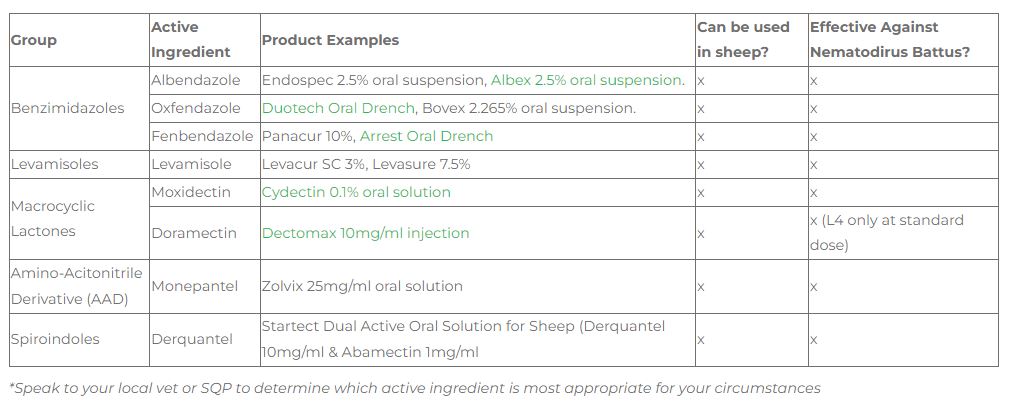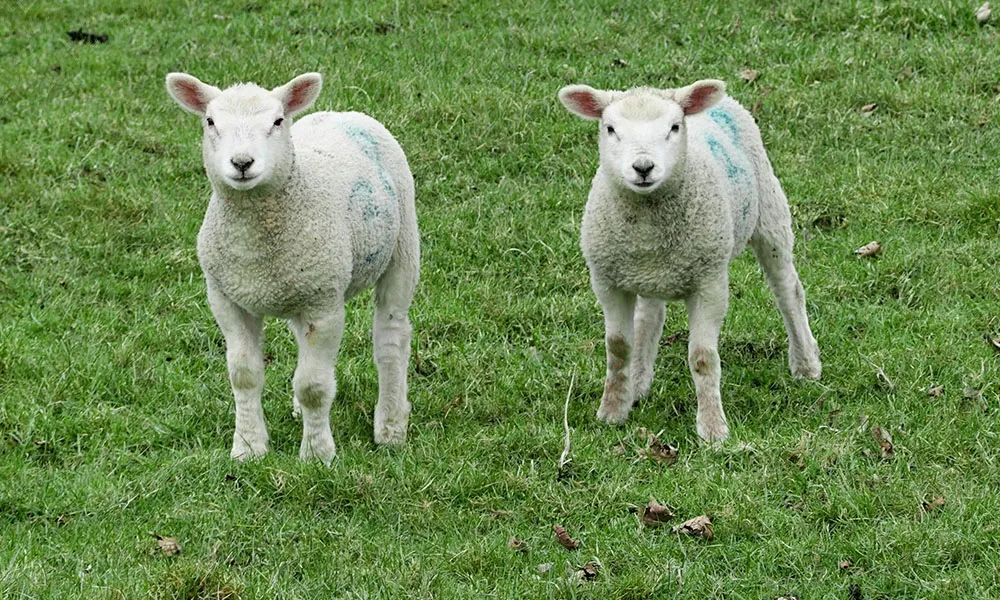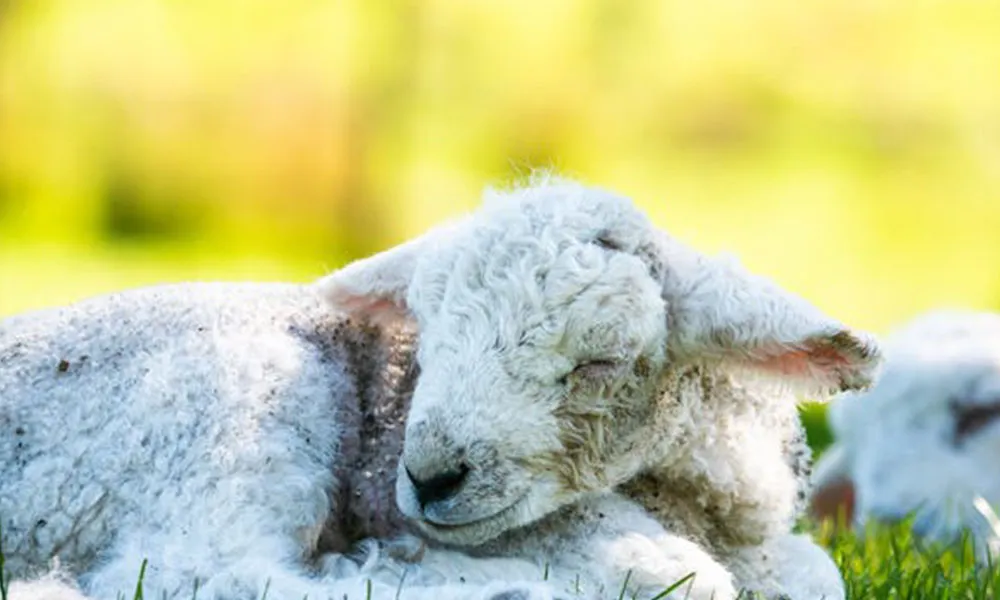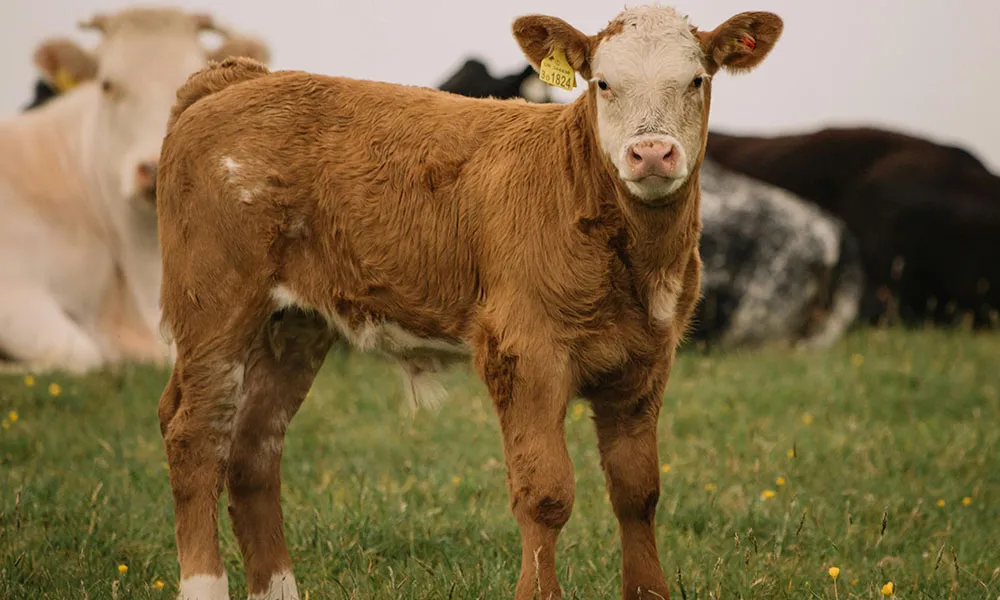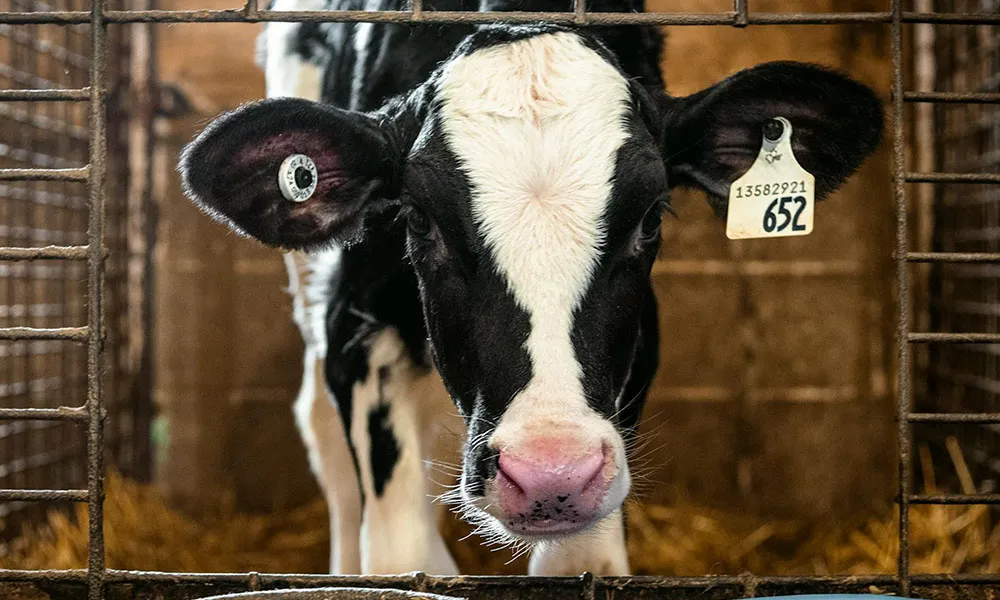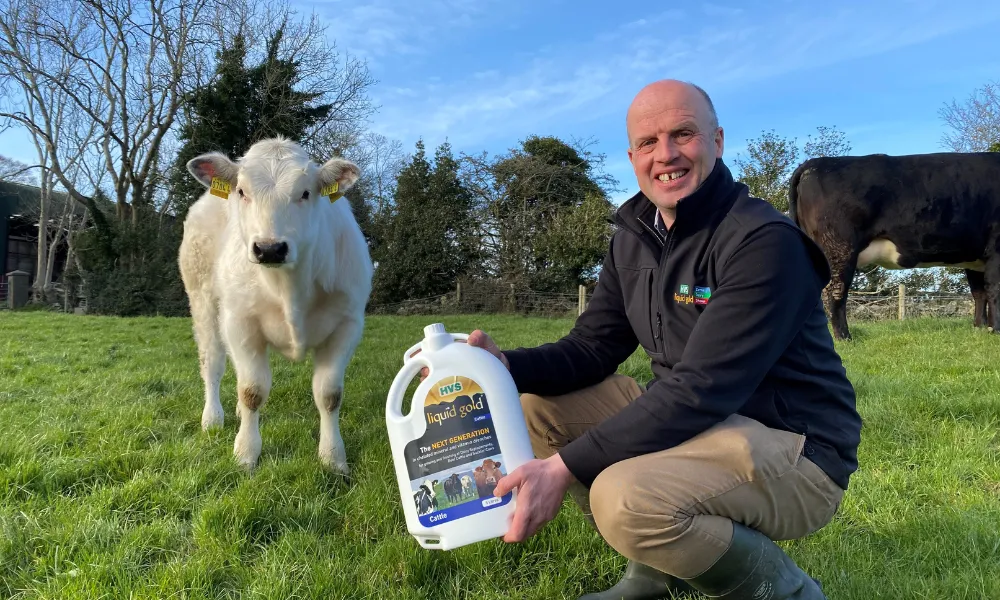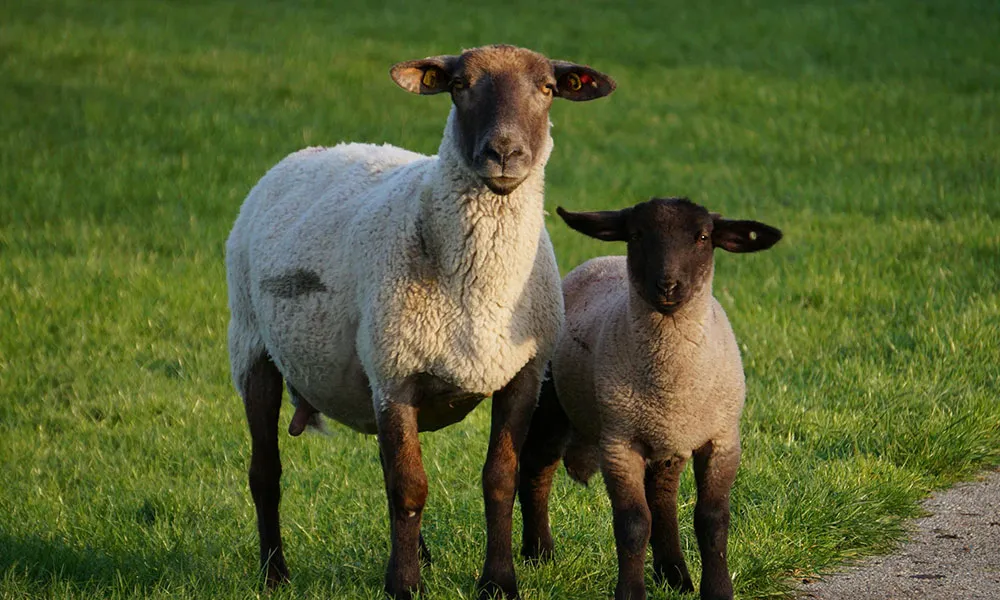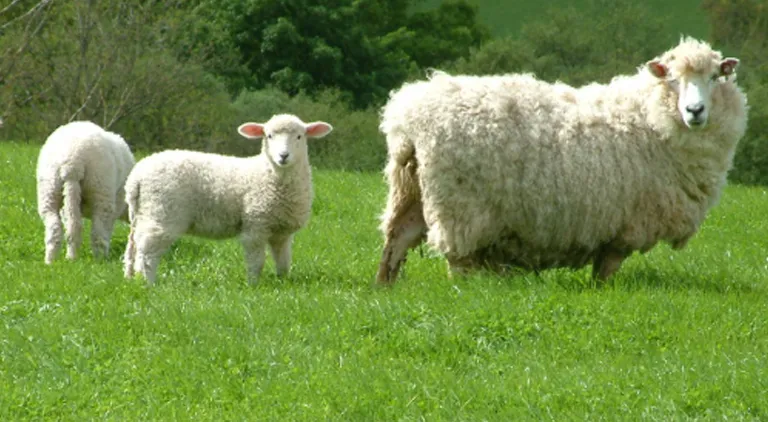
The annual menace of Nematodirus battus is still a serious problem on many farms in Ireland, with the changeable weather this year causing particular concern.
The Nematodrus can cause acute, severe diarrhoea leading to sudden dehydration and lamb deaths on many farms.
As the onset of disease can be very sudden, farmers have to be vigilant and respond rapidly with appropriate anthelmintics.
You can’t afford to “wait and see how things pan out” when it comes to this thread-necked roundworm.
The Nematodirus is a serious and nasty parasite in lambs and in a worst case scenario can kill up to 5% of your lambs; at best it will seriously hamper growth rates and live weight gain resulting in extra time finishing and an increase in costs. Luckily, adult sheep develop a natural resistance to the Nematodirus following exposure, leaving you with one less thing to worry about. However, as lambs have never encountered Nematodirus before, they have absolutely no protection from it and it can quickly overwhelm them.
The highest risk period comes with sudden weather changes, most often from cold frosty mornings to warmer spring weather. This is because of a mass hatching of the parasites that have survived the winter on the pasture. When this coincides with lambs beginning to eat grass (usually when between 6 - 12 weeks old) it can have catastrophic effects.
The impact will vary depending on factors such as the weather and region, with problems becoming apparent earliest in the milder southeast. The risk looks to be greater this year, with the unpredictable weather we have been experiencing. A mild January followed by sudden arctic storms, with a return to double digit figures in a short time, could mean that Nematodirus strikes may be very common.
The best way to avoid being surprised is to monitor the parasite forecast for your region and keep in contact with your local vet and other farmers. You can see the forecast online at www.nadis.org.uk or www.scops.org.uk.
Nematodirus larvae develop inside the egg on the pasture with mass hatching being triggered by the weather change leaving a large active supply ready to infect lambs.
Another thing to note is that they are not passed from adult sheep to lambs like many other parasites, but rather pass from the previous year’s lamb crop to this year’s via the pasture, making it particularly difficult to control.
High Risk Factors To Avoid
If any of the following apply your lambs will be at greater risk of nematodirus and you must be more vigilant:
- Lambs grazing pasture that carried lambs the previous year
- A sudden, late cold snap which is followed by a period of warm weather
- Lambs that are old enough to be eating significant amounts of grass (6–12 weeks old)
- Groups where there is also likely to be a challenge from Coccidiosis
- Lambs that are under other stresses e.g. triplets, fostered, on young or older ewes
Prevention
The best way to prevent a Nematodirus strike is, where possible avoid grazing lambs on the same pasture on consecutive years.
If possible grazing rotation should give each field a year free of grazing of any livestock altogether.
Keep an eye on www.nadis.org.uk or www.scops.org.uk for the Parasite Forecast, advising when the risk period is coming and pay attention to the weather patterns throughout the spring period.
Test soil and grass samples to ensure that your land is not deficient in any nutrients.
If it is, you should ensure that all lambs get mineral boosts to ensure a healthy immune system.
Some studies have suggested that wild garlic planted in hedges around the fields when eaten by the lambs can reduce infestations of many parasites. Finally keep in contact with your local vet particularly during high risk periods. To avoid a Nematodirus outbreak, and the associated costs and stress, make sure you are ready to strike back.
Recognise a Nematodirus Strike
If you do suffer a strike of Nematodirus it can be very difficult to counteract as it strikes so suddenly meaning it is best to prevent and pre-empt when it is likely to be an issue. However sometimes no matter what you do a strike can occur. When it does you need to know that the illness is caused by lambs ingesting a large number of larvae so you cannot wait for symptoms to appear as severe damage will already be inflicted. Massive losses in terms of mortality and production is inevitable as lambs that survive can take an extra 2-3 months to reach factory condition.
Signs to watch for:
- Sudden onset of profuse diarrhoea
- Faecal staining
- Dull/depressed lambs
- Lambs not suckling
- Gaunt condition
- Dehydration
- Rapid loss of body condition
- Lambs congregating around water to rehydrate
Diagnosis
Sadly faecal worm egg counts (FWEC) are not of much use when it comes to detecting acute Nematodirus infection as it takes 2-4 weeks for the larvae to begin to produce eggs.
Waiting this long to take action would be catastrophic.
Nematodirus infection is based on clinical signs and post mortem.
However it can help eliminate other parasitic options and FWEC can be useful for monitoring the response to treatment following an infection.
Treatment
Thankfully treatment, with an appropriate white drench, is highly effective and is endorsed by SCOPS. SCOPS comment in their ‘Nematodirus in Lambs’ literature,
‘If farmers feel their lambs are at risk and they need to treat for Nematodirus, then SCOPS advises farmers to use a white (1-BZ) drench.’
These are normally highly effective against this parasite and suitable for young lambs.
This includes
2.5% Albendazole, which is highly effective, relatively inexpensive and appropriate for lambs.
Albex 2.5% is an example and can be found here.
It is of vital importance that you dose for the correct weight of the lamb to ensure you do not develop a resistance in your flock.
A FWEC is recommended 7-10 days after drenching to ensure that the treatment has been effective.
Severely affected lambs may require multiple treatments which your vet will be able to advise you on. Usually, for lambs born from the second week of March onwards, treatments are given 3 weeks apart in May.
In greater risk years, three anthelmintic treatments are given extending the drenching period into June. Remember this can vary from year to year depending on the weather so keep an eye on the strike forecasts.
For more advice, speak to your local animal health advisor or vet.
Table 1: Anthelmintics effective against nematodirus*
